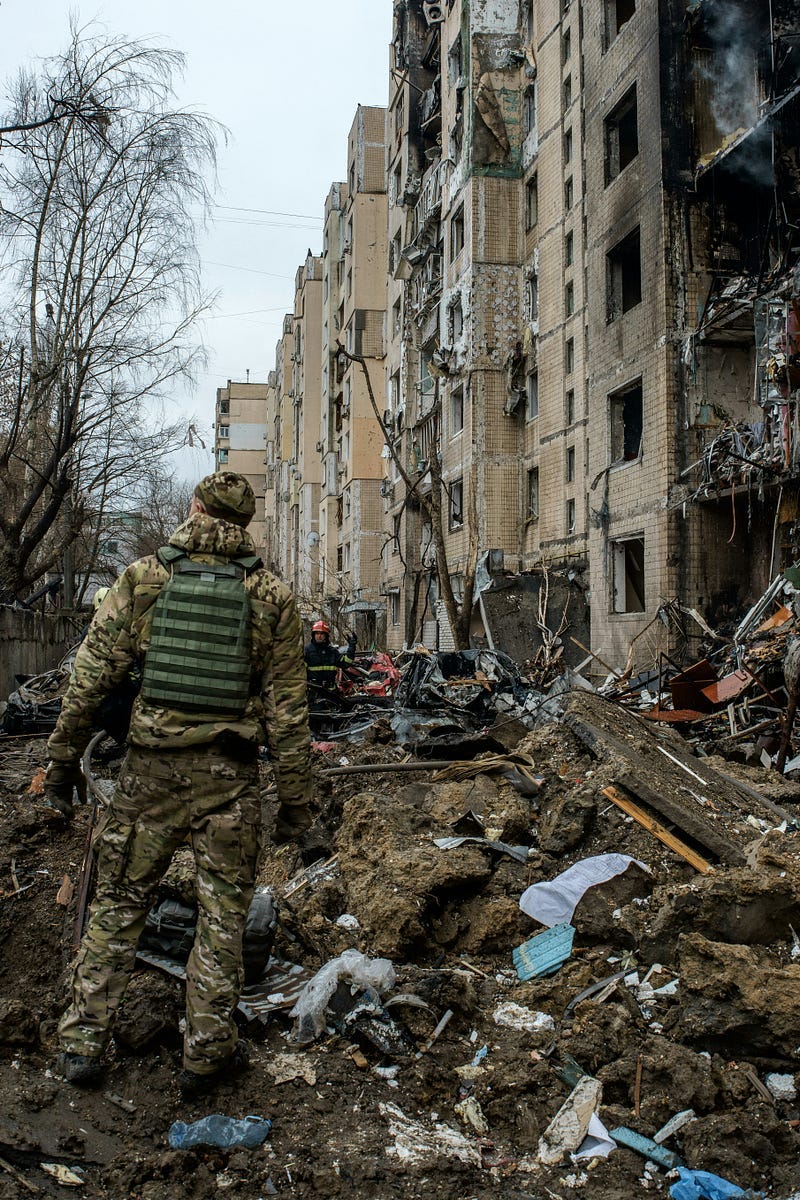NATO’s Ticking Clock: Experts Warn of Russia’s Rising Threat and Urgency for Transformation
As Russia’s Threat Grows, Is NATO Prepared for the Rising Storm?

The Russian invasion of Ukraine has upended the long-standing security architecture that has governed much of the post-Cold War period, and nations-particularly in Europe-are scrambling to reassert military readiness in the face of a renewed and resurgent Russian threat.
NATO, the military alliance forged to counter Soviet expansion during the Cold War, finds itself in the midst of the most significant transformation since its creation.
According to General Christopher Cavoli, NATO Supreme Allied Commander, and General Carsten Breuer, Inspector General of the German Bundeswehr, in recent interviews, the scope of military preparation, strategic adjustment, and the urgency of alliance response to the evolving Russian threat can hardly be overstated.
Transformation and Strategic Preparedness of NATO
What General Cavoli points out, NATO has undergone a profound transformation in recent years; the need to reshape military capabilities in light of the immediate threat represented by Russia’s actions in Ukraine.
NATO member states have multiplied the readiness of their armed forces, so that tens of thousands of soldiers can reach any part of the theatre within days of a threat emerging. It is a seismic shift from the few small out-of-area missions that earlier preoccupied the Alliance.
“We have done much over the last couple of years to raise our military readiness,” Cavoli said. “Today, tens of thousands of soldiers are ready and could be deployed quickly in case of need. These are big steps forward but there is still much work ahead of us.” That is, in essence, NATO has moved from a peace-time posture to a full-scale defensive stance.
But for all those gains, a sense of urgency underlines NATO’s continuing efforts. Military intelligence has periodically warned NATO members since hostilities began in Ukraine that Russia, so far emboldened by the wartime economy, is positioning itself to mount, in the not-too-distant future, an even more aggressive assault.
President Putin called for reasserting Russian military power and revising the regional military structure in response to what he saw as long-time confrontation with NATO; he even ordered the short-term recruitment of an additional 300,000 soldiers, which means Russia is not on the defensive but is preparing for a long, intensifying war.
General Breuer makes this emphatically clear. “We must know what Putin plans to do,” Breuer says. “His war economy is going at full speed, and he is preparing for a long war. The Russian army is reorganizing and increasing the size of its ground troops. We don’t have unlimited time to get ready ourselves.”
This military build-up on Russia’s side, plus its strategic partnerships with other global powers like China and North Korea, makes the response by NATO pretty complicated. What once was a strictly regional European threat has now-it is perceived-developed into a global problem. The alliances of Russia, put alongside growing military presence, demand a broad and integrated response on the part of NATO.
Increased Military Spending and Capacity: Imperative
The military strategies, as pointed out by the leaders in NATO, make it crystal clear that it is a race against time for the alliance to strengthen its capabilities, both on the defensive and offensive side. Defence plans have matched what is immediately and presently required by the members of NATO to deter Russian aggression. Such adjustment is not just confined to merely an increase in the number of troops, but modernization and diversification of military assets are needed, especially in areas of air defense, logistics, and technological warfare.
A big gap in NATO capabilities is air defense, especially against modern threats such as drones and long-range missiles. The war in Ukraine has brought into sharp focus the importance of strong air defense systems that can neutralize new-generation arms; hence, air defense has emerged as a priority concern for NATO. Cavoli underscores that NATO is working hard to close that gap, but the battle seems to be one of time: “We need to move quickly, much quicker. The growing capability of our adversaries, particularly in missile technology and drone warfare, forces us to act faster than ever.”
It is one of the most relevant questions standing before NATO-how quickly will the governments of each state be able to marshal their societies’ resources to meet the new demands of the fast-changing alliance. So-called “Minimum Capability Requirements” now being put in place for each nation represent definite expectations of the contributions to be made to not further damage the alliance’s collective defense. But such efforts will not pay off without a steep increase in defense spending-a matter that became even more acute in light of Russia’s steeply rising military investments.
He says current levels of defense spending across all NATO members-the two-percent GDP target, for instance-no longer suffices to maintain the strategic edge of the alliance. “Russia’s military spending is far beyond what NATO states are investing in their own defense,” he says. “The two percent goal is only a minimum. We will need to exceed that threshold if we are to meet the growing demands of our defense strategies.”
Keep reading with a 7-day free trial
Subscribe to Tanguy Besson - Journalist to keep reading this post and get 7 days of free access to the full post archives.

